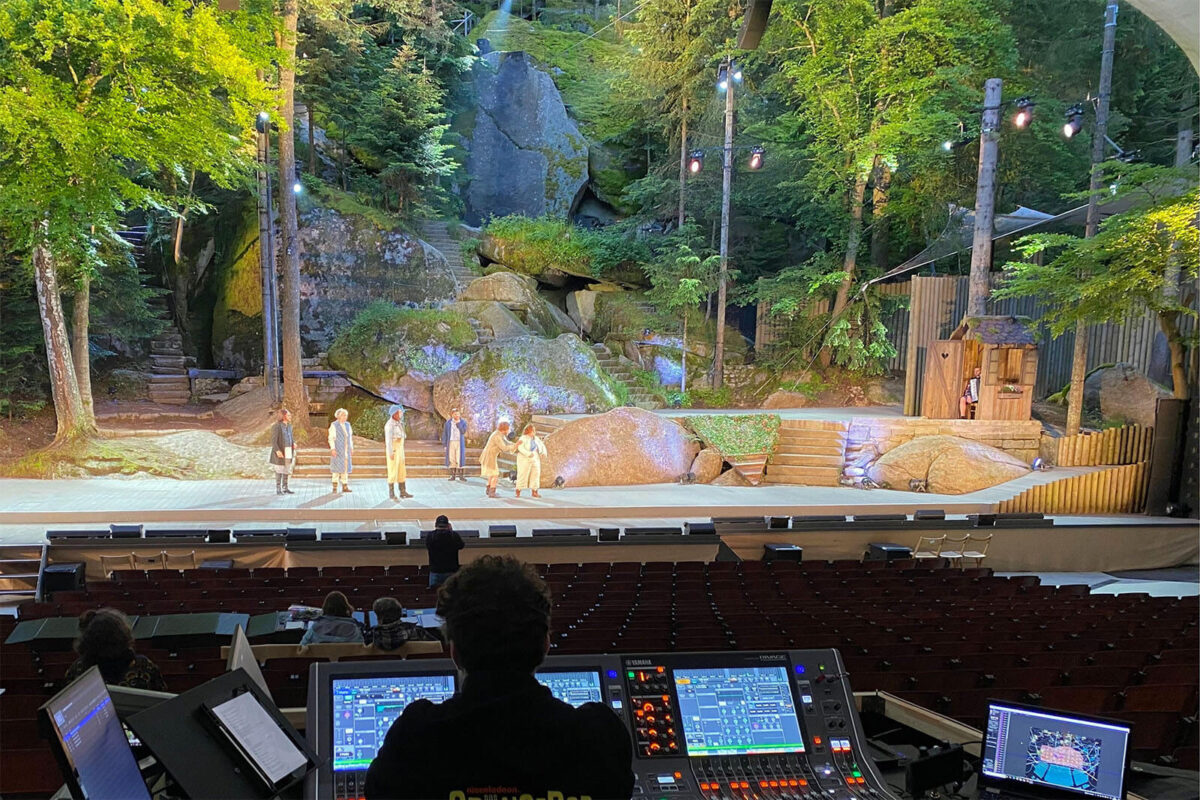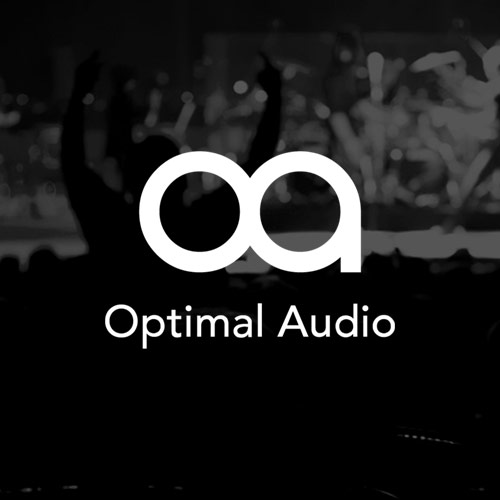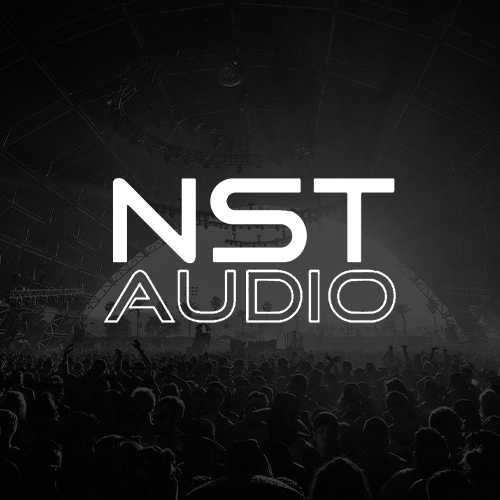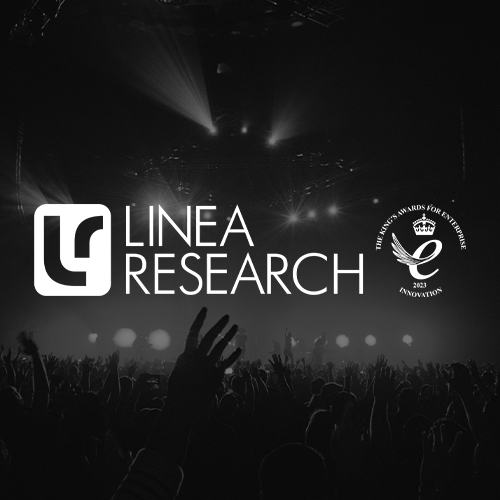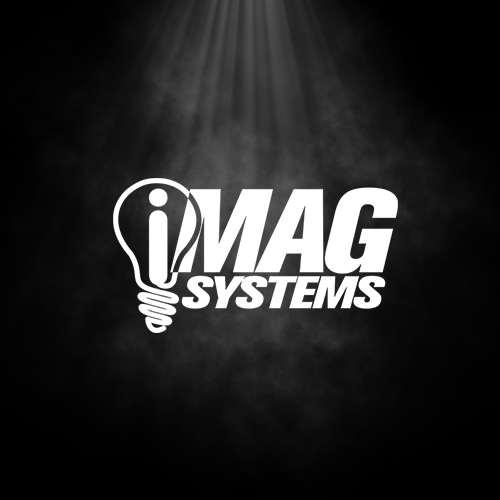Central Europe’s outdoor performance tradition determinedly eschews standard staging formats, seeking instead the most picturesque yet challenging environments to deliver their tales to audiences in their thousands. Set in a rock labyrinth with certain upstage scene elements offset at heights up to 25m above the main stage area, Wundsiedel’s Luisenburg Festspiele, on Germany’s oldest outdoor stage, turned to TiMax SoundHub to create intelligible immersive audio for every seat in the 2000-strong audience, via sophisticated object-based soundscapes rendered by the platform’s dynamic delay-matrix processing.
System-Sound Designer, David Horn, maintains four TiMax SoundHub showcontrol systems at his disposal, but used a single 64-channel unit activated for seamless real-time vocal localisation driven by a new TiMax TrackerD4, recently purchased from the TiMax German Distributor, Pro-Audio Technik.
Eight TiMax Tracker sensors, some mounted on trees and even rocks, covered the huge 38 metre-wide and 25 metres deep performance area, complete with one section of stage that rises into the hillside to a height of 25 metres. The system captured every movement from 24 TiMax Tracker UWB RF Tags worn by the performers moving through the space.
The pioneering TiMax SoundHub is unique in its ability to translate the experience of audio coming from a height into the 3D soundscape received by the audience. It is able to convey such finer nuances of performances in a wide variety of environments due to its highly-evolved speciality of rendering audio spatialisation with both level and delay as opposed to simple level-panning.
With on-site support from TiMax product manager Dan Roncoroni and director Dave Haydon, Horn established 30 image definitions across the stage plus a number of others accommodating the upper woodland levels. TiMax was primarily deployed to enhance vocal intelligibility but was also used to distribute the audio within the space for spot effects. He explains, “I use TiMax because it is the only system that has such experience and proven longevity in theatre world but specifically, because of the dimensions of this stage TiMax was necessary for the audience to tell on the stage who is singing or talking.
“By using TiMax we guarantee a higher level of attention from the audience – particularly for the performances for children. It was very noticeable when we stage Pippi Langstrumpf at the beginning of the Festspiele Season in May, that the younger viewers were very focussed and engaged with the play. So using TiMax has made a real difference here.”
The loudspeaker system distributed under the canopy in front of the hillside stage comprised main line array systems with a total of six high Q80 speakers, complementing two centre array hangs each with three high Q40 units all from local German manufacturer, Ritterbusch Audio. Also supplied were eight B-18 sub bass units with four B-15 centrally placed subs, eight T6 for near fill and 16 LDK81 line array modules providing audience delay reinforcement. Weatherproofed Bose 802 speakers were place at three locations on the upstage hillside, acting as localisation anchors for these distant performance areas. TiMax and the Yamaha PM5 Rivage main console were all hooked up via Dante.
Horn concludes, “The vital features of TiMax that made short work of the sound planning were the Mixer and PanSpace features. TiMax added space and direction to the resulting audio as well as much more fun for the audiences in comparison to stereo.
Click here for original article.

